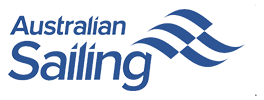RYA Yachtmaster Ocean
Theory Course
Get Instant Access £315
Revise and retry until you pass
- Fully Animated & Interactive Lessons
- Multi Device Support
- Study At Your Own Pace
- No Classroom Pressure
- MCA & RYA recognised
- Lifetime Access To Revision Material
- 6 Months Initial Access - Options to Extend
The Ultimate In Navigation
This comprehensive program covers vital topics such as celestial navigation, ocean passage planning, weather forecasting and meteorology. By mastering these essential skills, you'll gain the theoretical knowledge ready to navigate vast and unpredictable waters with confidence. Join our course and embark on a journey towards becoming a competent and capable Yachtmaster Ocean.
Is this course right for you?
This course is suitable for those who hold theory knowledge to the level of Coastal Skipper/Yachtmaster Offshore. The coursework will take approximately 40 hours and includes the final assessment. No sextant is required for the course as fully interactive animated lessons are included.
Upon successful completion, this course awards the RYA/MCA Yachtmaster Ocean Shorebased theory certificate.
"Commercial Endorsements"
A commercial endorsement is required for those intending to work on British flagged vessels under the MCA’s code of practice. We are able to assist in arranging invigilation with suitable RYA recognised training centres worldwide. Click “Commercial Endorsements†to find out more!
Not convinced ?
Look at our TrustPilot reviews.

'What sets the course apart is the responsiveness of the support team should you have any questions.' 'All in all a super convenient and very efficient way to pass the RYA theory examinations.'



